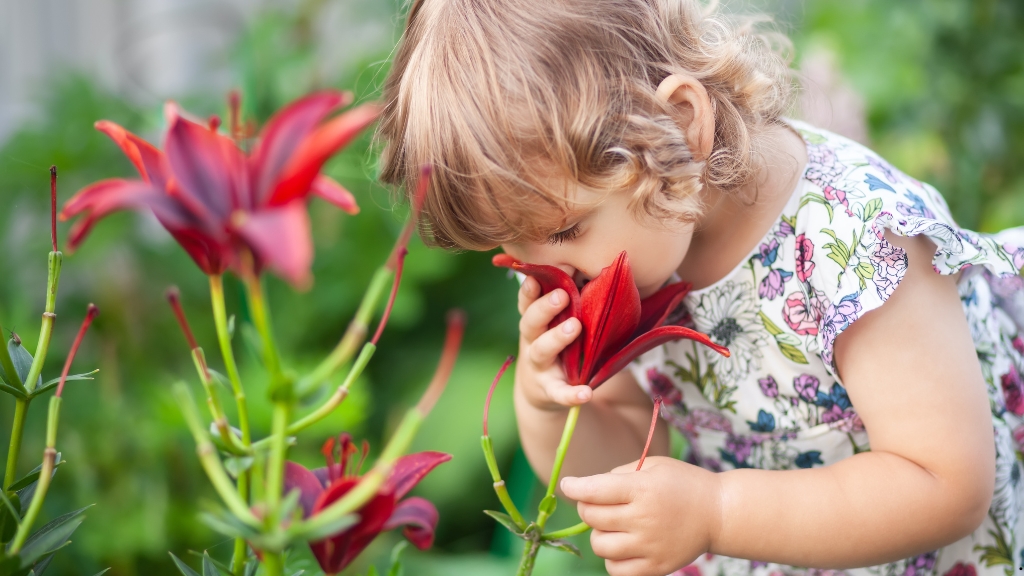Unlocking Potential: Creative Play for Boosting Brain Development in Toddlers

As a parent, I often find myself marveling at the boundless energy and imagination of toddlers. Their world is a vibrant tapestry of colors, sounds, and endless possibilities. Engaging in creative play isn’t just fun; it’s a crucial ingredient for brain development during these formative years.
Understanding Creative Play
Creative play involves activities that stimulate imagination and encourage exploration. This type of play fosters cognitive and emotional growth during a crucial period in a toddler's life.
Definition of Creative Play
Creative play encompasses activities like drawing, building, and role-playing that allow toddlers to express themselves. Engaging in these activities helps them experiment with ideas and concepts in a safe environment, promoting problem-solving skills and creativity.
Importance of Play in Early Childhood
Play serves as a fundamental component of early childhood development. It enhances social skills through interaction with peers, offers opportunities for emotional expression, and aids language acquisition. Play also stimulates neural connections, which are vital for cognitive growth. According to the National Association for the Education of Young Children, 70% of brain development occurs in the first three years of life, underscoring the importance of engaging in rich, creative experiences during this time.
Benefits of Creative Play
Creative play offers significant advantages for toddlers, contributing to their overall growth and development. Engaging in imaginative activities nurtures their minds and enhances various skills critical during early childhood.
Enhancing Cognitive Development
Creative play enhances cognitive development by stimulating critical thinking and problem-solving abilities. Activities like building blocks or drawing encourage toddlers to experiment with shapes, colors, and structures. These activities promote spatial awareness and logical reasoning. During creative play, toddlers make choices, test hypotheses, and learn from their experiences. Research shows that imaginative play increases neural connections, which supports complex thinking as they grow.
Fostering Social Skills
Creative play fosters social skills by encouraging interaction with peers and caregivers. Role-playing and collaborative activities allow toddlers to practice sharing, taking turns, and negotiating. Through these interactions, they learn to express their emotions and understand the feelings of others. Engaging in group play helps toddlers develop empathy and communication skills, laying the foundation for positive relationships in later life. Studies indicate that social play improves teamwork and adaptability, essential traits for future success.
Types of Creative Play
I recognize that various types of creative play significantly contribute to a toddler’s brain development. Each form of play fosters unique skills and cognitive growth, enhancing their overall development.
Imaginative Play
Imaginative play, also known as pretend play, allows toddlers to explore different roles and scenarios. During this type of play, they often take on characters like doctors, firefighters, or animals. This exploration encourages storytelling and fosters language development as toddlers articulate their thoughts and feelings. They develop decision-making skills by navigating social interactions and resolving conflicts during play. Through imaginative play, they enhance empathy and emotional regulation by understanding diverse perspectives.
Arts and Crafts
Arts and crafts provide toddlers opportunities to express their creativity while developing fine motor skills. Activities like drawing, painting, and sculpting promote hand-eye coordination and control over tools. Using various materials encourages sensory exploration, benefiting cognitive flexibility. Additionally, creating art helps toddlers communicate emotions visually, enhancing their self-expression. As they experiment with colors, shapes, and textures, they cultivate critical thinking skills and learn to appreciate aesthetics, contributing to a foundation for lifelong creativity.
Practical Tips for Encouraging Creative Play
Encouraging creative play in toddlers involves creating an environment that inspires exploration and providing the right resources. These strategies enhance brain development and foster imagination in young children.
Creating a Stimulating Environment
I prioritize a stimulating environment by incorporating various textures, colors, and sounds. I use soft rugs, vibrant wall art, and engaging decor to make spaces inviting. I also ensure clear areas for play, ensuring that toddlers can move freely. Outdoor spaces play a crucial role; I encourage exploration of nature by providing access to gardens or parks. Additionally, I rotate toys regularly to maintain interest and expose toddlers to new ideas. Designating zones for different types of play, such as art, building, and imaginative role-play, promotes independence and variety during playtime.
Providing Resources and Materials
I provide diverse resources and materials to support creative play. I choose open-ended toys like building blocks, art supplies, and dress-up clothes that allow for experimentation. I prioritize safe, non-toxic art materials, such as washable paints and clay, ensuring toddlers express themselves without concern. I introduce books with engaging stories to spark imagination and facilitate discussions. Simple household items, like cardboard boxes and fabric scraps, transform into limitless creative tools. Access to musical instruments offers auditory exploration. I value the importance of diverse resources in stimulating inventive play, ultimately aiding cognitive development in my toddlers.
Conclusion
Embracing creative play is one of the best gifts I can give my toddler. It's not just about fun; it's a crucial part of their brain development. Watching them engage in imaginative activities makes me realize how much they're learning and growing.
By fostering an environment rich in creative opportunities, I’m helping them build essential skills that will serve them for years to come. Whether it’s through arts and crafts or pretend play, each moment spent in creative exploration lays the groundwork for critical thinking and emotional intelligence.
I’m excited to be part of this journey, knowing that every little interaction shapes their future. Let’s continue to encourage our little ones to explore, create, and thrive.



